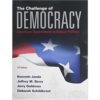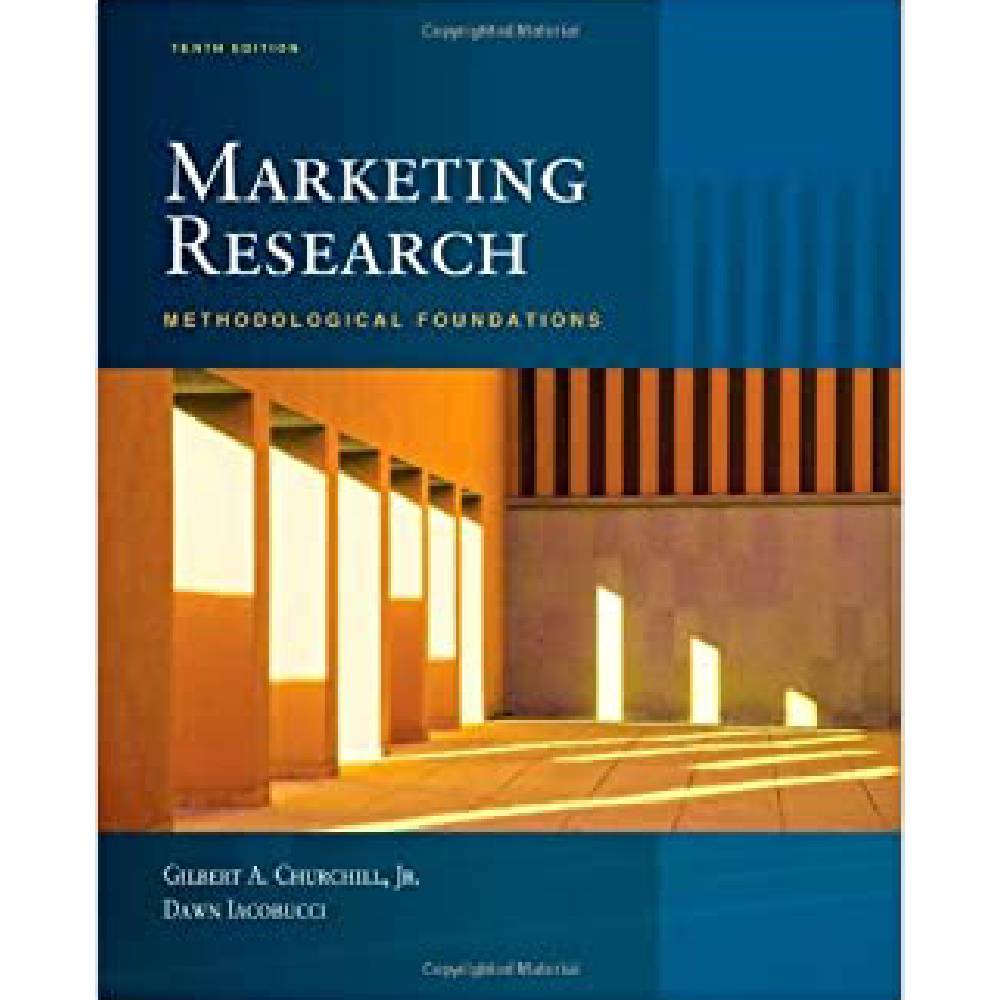Marketing Research Methodological Foundations 10th Edition By Churchill – Test Bank
$55.00
Marketing Research Methodological Foundations 10th Edition By Churchill – Test Bank
You will receive this product within 24 hours after placing the order
Marketing Research Methodological Foundations 10th Edition By Churchill – Test Bank
60. In order to ensure interviewers understand the instructions of a data collection procedure, the following technique(s) can be implemented:
a. have the interviewer complete the questionnaire
b. observe the interviewer in action
c. test the interviewer as to the study objective and procedures
d. b and c.
e. a, b, and c.
d 61. Research evidence supports the contention that
a. sex of respondents and interviewers does NOT influence the answers in a survey.
b. Negro interviewers are likely to obtain more information on consumption expenditures in a predominantly white neighborhood.
c. it is better to have an old interviewer interview a young respondent and vice versa so as to keep the interview from wandering off the intended topic into areas of mutual interest.
d. the further the social distance between the interviewer and the respondent the greater the bias.
e. by requiring the interviewer to complete the questionnaire, it can be determined if there is a pattern between the interviewer’s answers and the answers he or she secures when administering the questionnaire.
b 62. The primary way to control for the potential bias due to interviewers’ attitudes, opinions, perceptions, etc., is through
a. matching the backgrounds of the interviewer and interviewee.
b. training the interviewer.
c. recruiting interviewers with similar socioeconomic backgrounds.
d. conducting the survey using a rigid set of procedures that the interviewers must follow.
e. requiring the interviewer to complete the questionnaire so that it can be determined if there is a pattern between the interviewer’s answers and the answers he or she secures when administering the questionnaire.
d 63. Interviewers can make errors in asking any type of question; however, it is a particular problem with which of the following?
a. multiple choice questions
b. dichotomous questions
c. scale type of questions
d. open ended questions
e. structured questions
e 64. Which of the following leads to response bias?
a. errors in asking questions
b. errors in recording answers
c. errors in probing when additional information is required
d. errors due to cheating
e. all of the above
a 65. Which of the following is FALSE?
a. The empirical evidence suggests that an interviewer’s own opinions on a subject affect the responses he/she receives and that in particular, these responses are likely to be opposite his/her opinions.
b. The behaviors of interviewer and respondent in the interview situation represent the major outcome of perceptual processes.
c. In general, the evidence indicates that the more characteristics the interviewer and the respondent have in common, the greater the probability of a successful interview.
d. Both the interviewer and interviewee bring certain background characteristics to the interview that can affect the interview process.
e. Both the interviewer and interviewee bring psychological predispositions to the interview that could affect the interview process.
d 66. Which of the following is true?
a. It is generally true that bias caused by interviewer expectations will balance out if a sufficiently large number of interviews is used.
b. The behavior of either interviewer or respondent occurs merely as a physical reaction to the behavior of the other.
c. Questions which state the alternative answers and multiple choice questions are particularly recommended in studies where personal interviews are used because they are not subject to interviewer bias.
d. The interviewer training program has one objective and only one objective and that is to train the interviewers in the procedures to be used on the project at hand.
e. All of the above statements are true.
c 67. Which type of cheating is most detectable with normal validation
procedures?
a. The interviewer asks only the key questions and fills in the remaining information later.
b. The interviewer interviews respondents in groups rather than separately as instructed.
c. The interviewer fabricates the whole interview.
d. The interviewer interviews the “wrong” respondent because the designated respondent is unavailable.
e. The interviewer employs one contact for information for two separate studies and thereby introduces contamination through respondent fatigue.
d 68. Which of the following are office errors?
a. not-at-homes
b. refusals
c. interviewer cheating
d. coding errors
e. response errors












Reviews
There are no reviews yet.